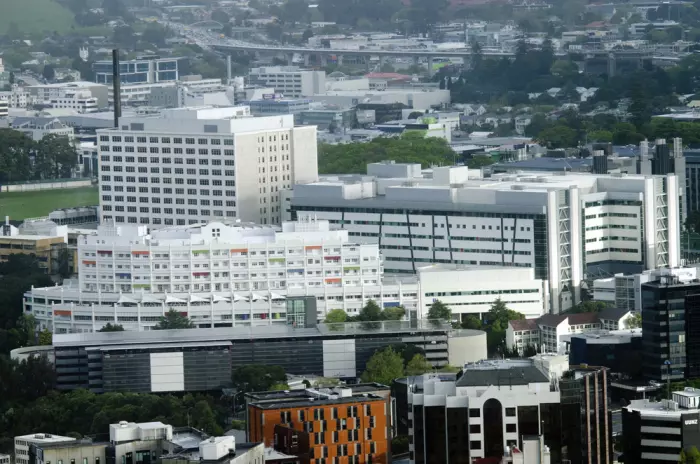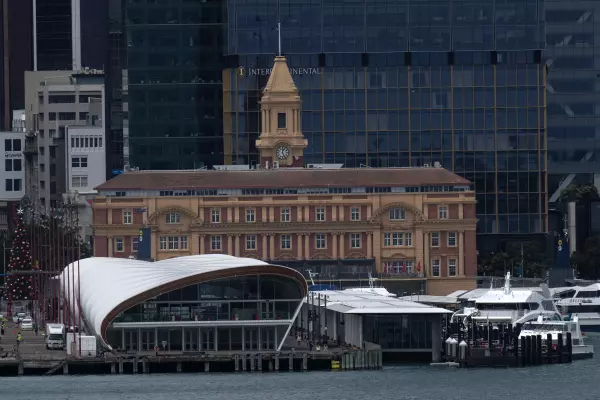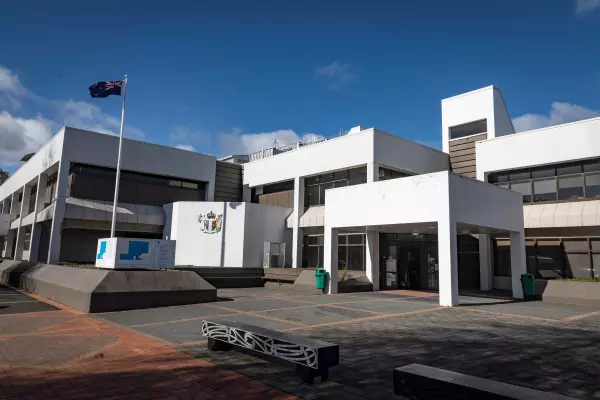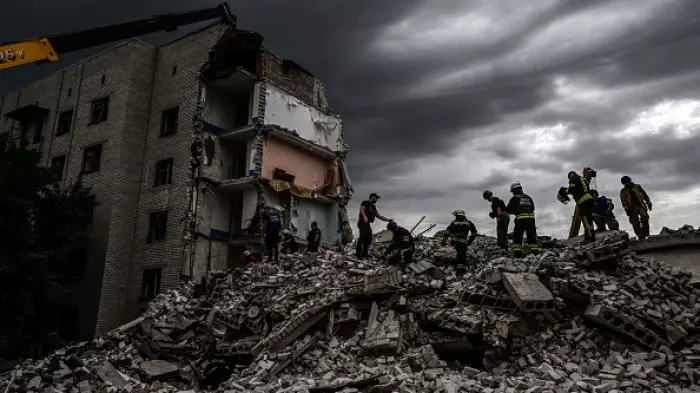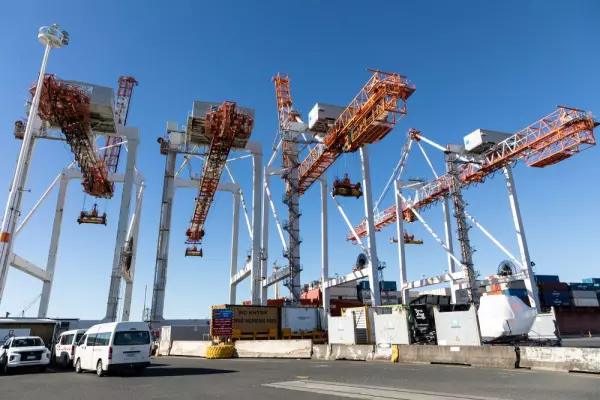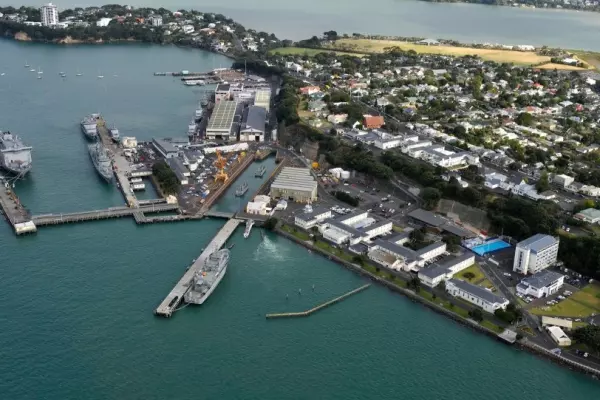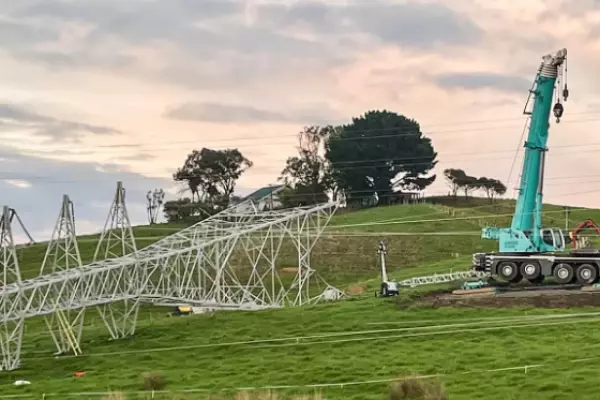This article has been republished. It was first published in October.
Only 12 of 40 health infrastructure package (HIP) projects will be finished by next June, with a further nine yet to be fully approved.
In January 2020, the coalition government announced $300 million for HIP projects to improve and overhaul ageing health infrastructure. The package was included as part of the $12 billion New Zealand upgrade programme, promoted at the time as a once-in-a-lifetime opportunity to modernise infrastructure and grow the economy. In June, the government had to pump in more funding and rescope projects due to cost increases attributable to covid-19.
Using the Official Information Act (OIA) BusinessDesk has obtained documents relating to the HIP component of the programme, the most expensive infrastructure spend-up in generations, suggesting money has been slow getting out the door.
As of May 31, district health boards (DHBs) had drawn down just $11.5m in equity for the 40 HIP projects, a mixture of new hospital builds, refurbishments and equipment. The Ministry of Health has defended the figure, noting it wasn’t reflective of progress as DHBs decided when they wanted to draw down on the funds.
Infrastructure deputy director-general Karen Mitchell said Crown funding wasn’t usually drawn down significantly until construction started. It took time to ensure funding was spent in the best possible way, she said, and health projects were complex.
However, National’s health spokesman Shane Reti was scathing about progress to-date, saying he had no confidence in the government to deliver.
“It is my view that most of the health upgrade projects have breached schedule, cost and scope and consequently will be delivered late, at greater cost and with scope creep.”
If National was in government, the party would do better holding contractors and the ministry to account, Reti said.
Waiting on delivery
According to updated figures provided by the ministry, as of June 2021 three HIP projects with Crown funding of $1.8m had been completed, eight projects with $77.2m in funding were in the delivery phase, and 20 projects with $145m in funding were in the design phase.
However, nine projects with $89.9m in funding had yet to proceed to a business case, meaning they hadn’t been signed off by ministers. Total approved Crown funding for the HIP projects had increased to $313.9m.
By June 2022, more than two years after the package was first announced, the ministry figures showed 12 projects were forecast to be finished, including an upgrade to the Tokoroa Hospital emergency department, a new chemotherapy unit in Whanganui and an upgraded mental health unit in Taranaki.
In response to questions from BusinessDesk, health minister Andrew Little lashed out at the previous National government’s investment in health infrastructure. There was a long lead time for new hospital facilities, he said, however he was working with officials to find ways to speed things up.
Earlier this year, the health minister expressed frustration at the lack of progress getting new acute mental health facilities built. Following intense media and political scrutiny, the deputy prime minister’s implementation unit carried out a review of the government’s mental health programme rollout, including the capital component. In August, Little confirmed the review had been completed.
BusinessDesk asked whether the review identified any reasons for delays getting the new units built. Little said it did. “The main reason is the demands on DHB management at the moment, and difficulty in sourcing the necessary skills.”


